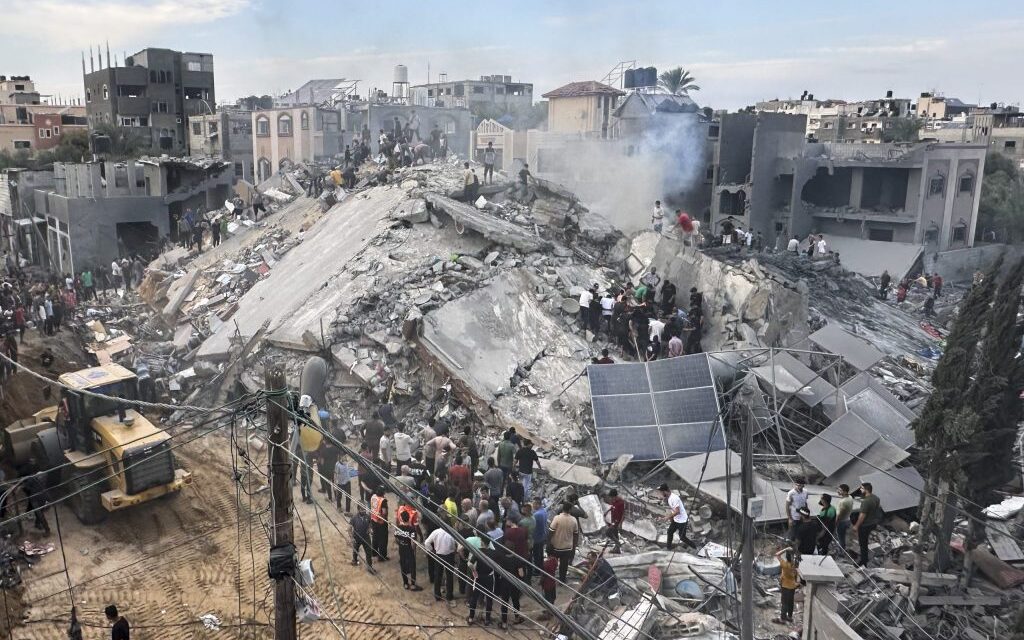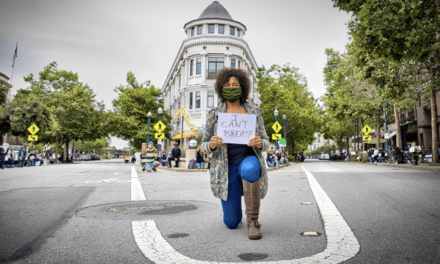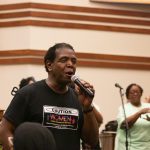By DaQuan Lawrence,
AFRO International Writer,
DLawrence@afro.com
The 75-year-old modern state of Israel endured one of the most significant invasions in five decades on Oct. 7, after suspected militants from Hamas coordinated a devastating assault in Southern Israel.
Residents along the Israeli-Gaza border woke up to warfare, as alleged members of Hamas razed everything in sight. Hundreds of hostages were taken, and while some have been released, many are still in captivity as the conflict escalates. Images and video of a particularly brutal attack at a party for peace, also near the border, have circled the globe. On Oct. 30 Israeli officials confirmed the beheading of Shani Louk. The German native was just one of many international travelers taken hostage at the rave calling for unity between Israel and Gaza.
After the Oct. 7 attack, Israel immediately declared war, launching airstrikes and ground attacks.
Now, despite widespread accounts of Israel defending itself from Hamas forces in mainstream media, many experts, activists, members of the international community have called Israel’s attacks on Palestinian territory a form of contemporary genocide.
Israel has increased its bombardment of the Gaza Strip as Israeli Defense Forces “expand” ground operations in Gaza.
“In Gaza, the IDF is proceeding with the stages of the war. Overnight, IDF forces entered the northern Gaza Strip and expanded ground activities,” IDF spokesperson, Rear Admiral Daniel Hagari, declared on Oct. 28. “Covered by aerial support, IDF infantry, armor, engineer and artillery forces took part in these activities. The expansion of the IDF’s operational activity furthers the war’s goals,” Hagari said.

Israel has claimed that it is defending its citizenry from Hamas advances and attacks, but there have been accounts of Palestinian civilian casualties as a result of Israel’s attacks.
The Palestinian Health Ministry in Gaza released a list on Oct. 26, which documented the deaths of more than 7,000 Palestinians, including nearly 3,000 children, since the war began just weeks ago.
Gaza is currently facing a communications blackout, as residents across the besieged Palestinian territory have been disconnected from the outside world and each other. UN agencies and numerous international aid groups have said they are unable to reach teams on the ground in Gaza.
Alleged censorship of social media accounts as well as disruptions to electricity and internet access have created conditions where people under fire in Gaza have been prevented from receiving the information and resources they need to survive.
In addition to media censorship and internet outages, there have been reports of recent arrests of Arab citizens in Israel due to social media posts, expressing solidarity with Palestinians in Gaza. Social media and mainstream media alike have been used to spread misleading information on both sides of the conflict.
Several pro-Palestine protests have taken place in the U.S. as well as around the globe. The protests have varied in size, with some demonstrations including tens of thousands of people in cities across Africa, Asia, Europe, the Middle East and the U.S.
Various international bodies, nations and members of the global community have called for humanitarian assistance, with the UN General Assembly voting in favor of a resolution that would put in place a humanitarian truce on Oct. 27.
A total of 120 countries voted in favor of the UN resolution for a humanitarian truce, while the U.S. and Israel led 14 countries that voted against, and another 45 nations abstained.
The post Violence and misinformation spread in Israel- Hamas conflict appeared first on AFRO American Newspapers .












